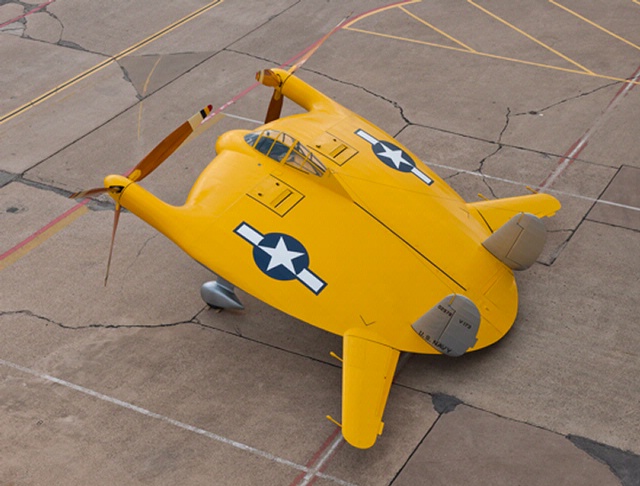Vought V-173 “Flying Pancake” was definitely one of the most unique fighter aircraft forms to come out during WWII.
Built and flown by Vought, it was made to test designer Charles H. Zimmerman’s ideas.
He theorized about a very low-aspect ratio wing design that allowed an aircraft to have shorter take-offs and landings.
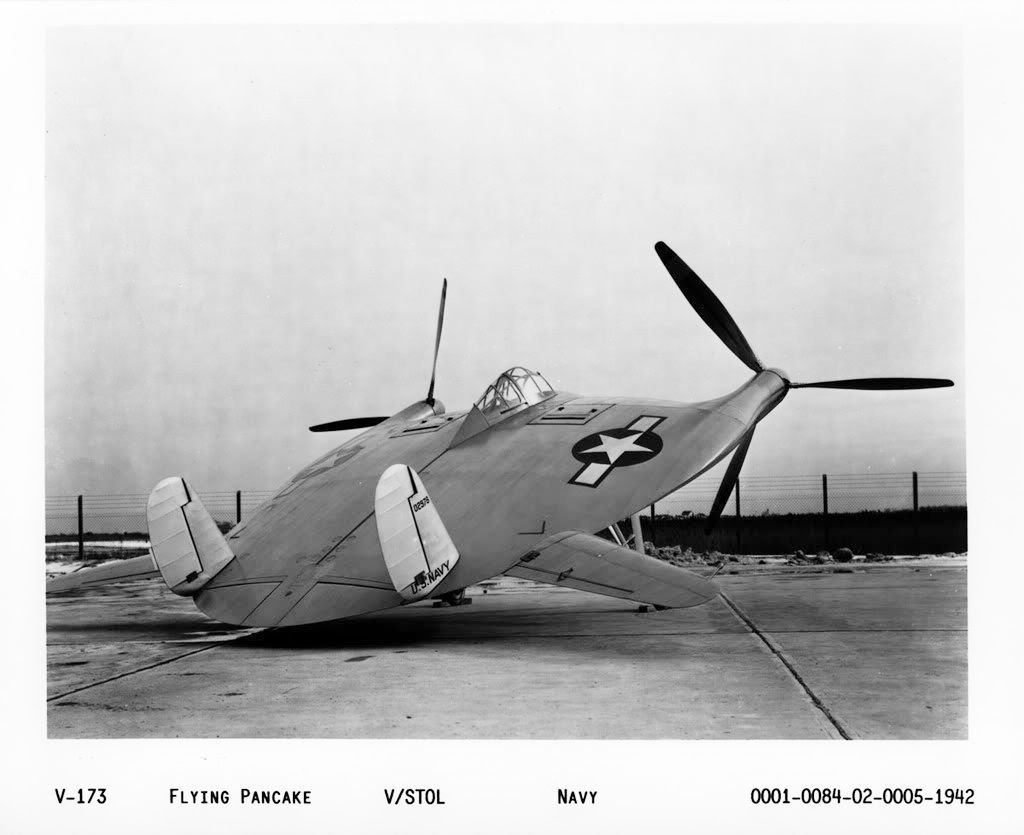
The result was a unique discoid aircraft layout (a form of a lifting body) with large-diameter propellers on the wingtips. The frame was very well rounded in its appearance so the type became known as a “Flying Pancake”.
The project started when the United States Navy and National Advisory Committee for Aeronautics (NASA’s predecessor) approved Chance Vaught’s manufacture of a small scale model, the V-162 concept, intended for wind tunnel tests.
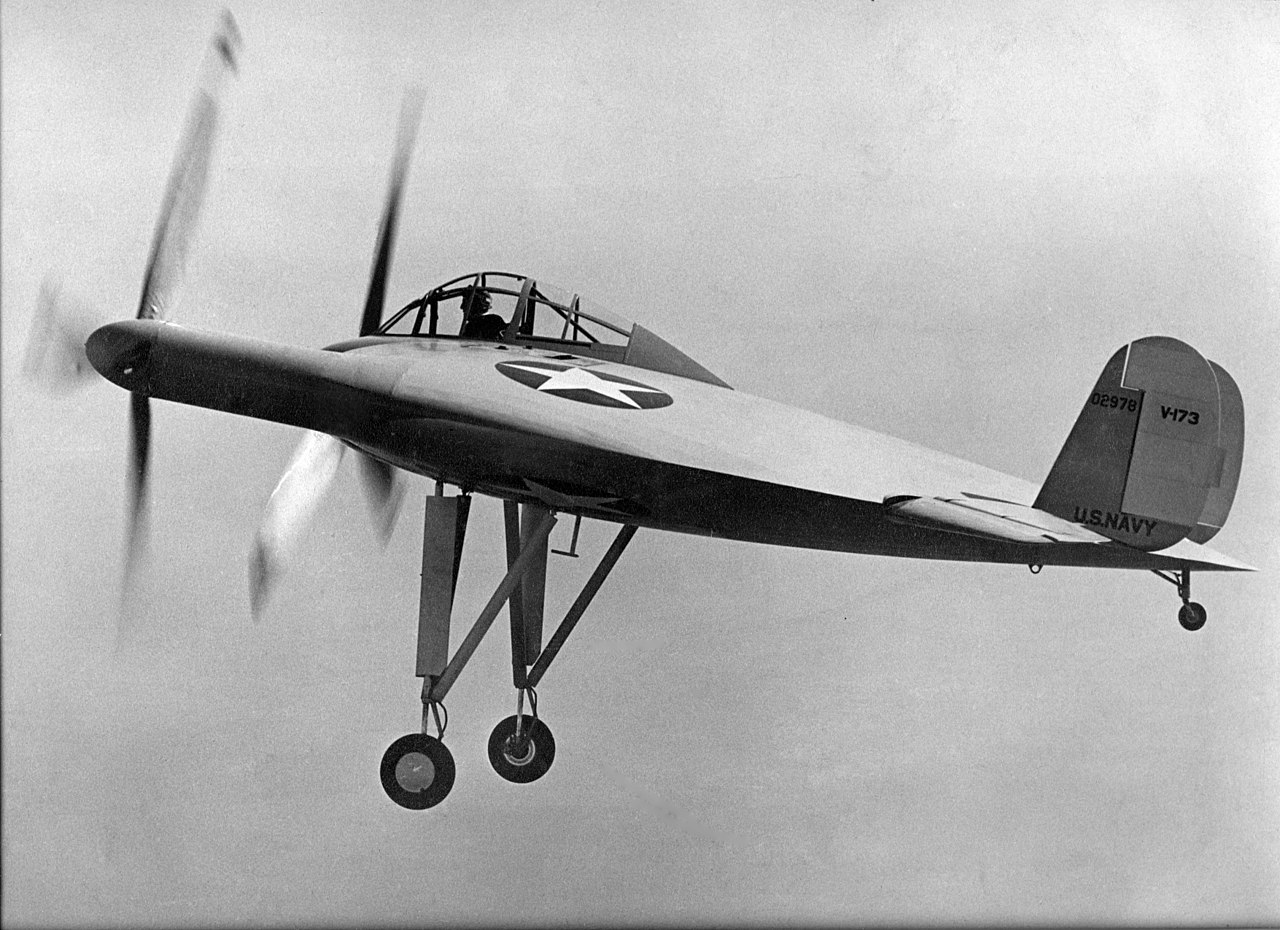
In 1939, many programs started garnering a lot of attention from the United States authorities because of the emerging events in Europe and the full-scale war was only avoidable for so long to the US. The V-162 concept got attention from the Navy because of shorter take-offs and landings which are critical components of carrier fighters. Vought got a limited developmental contract for a proof-of-concept demonstrator.
But the program received very little funding from the Navy and the development of the V-173 demonstrator was slower than anticipated.
V-173 Flying Pancake technology demonstrator aircraft made its maiden flight on November 23, 1942. Vought Chief Test Pilot Boone Guyton was at the controls.
Construction of the airframe was out of wood with canvas covering and the aircraft had a conventional, fully symmetrical NACA 0015 airfoil section. Its circular wing had a diameter of 23.3 feet and it was powered by two horizontally-opposed 80 horsepower Continental A-80 engines.
Vought V-173 flight testing went on through 1942 and 1943. 190 test flights and 131 test hours later, prototype exhibited unusual control responses and flight characteristics, but it had excellent short field qualities and had a rate-of-climb of 5,000 feet in 7 minutes. Unfortunately, Flying Pancake lacked the required fighter performance because it was only able to reach a top speed of 138 mph and this in a dive.
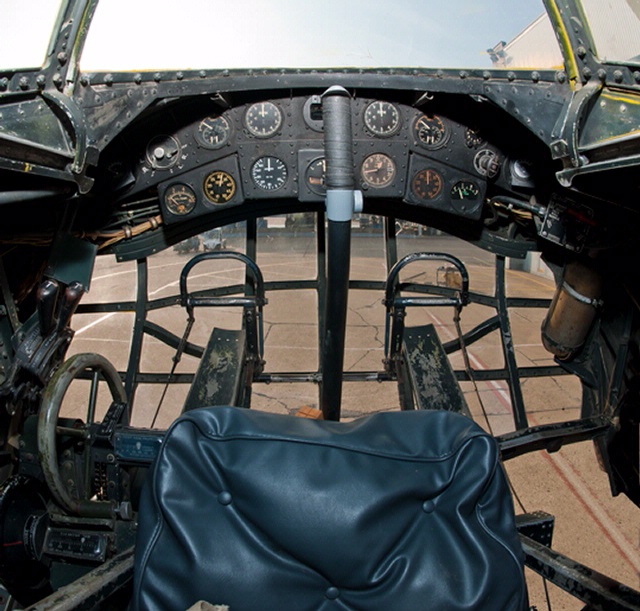
During flight testing of the V-173, surprised Connecticut locals reported UFO sightings on several occasions.
On one of the test flights, the Flying Pancake made an emergency landing on a beach. On the final approach, the pilot noticed bathers directly in his path. The V-173 flipped over on its back after the pilot locked the aircraft’s brakes. The aircraft and its airframe were so strong that the plane didn’t sustain any significant damage nor was the pilot injured.
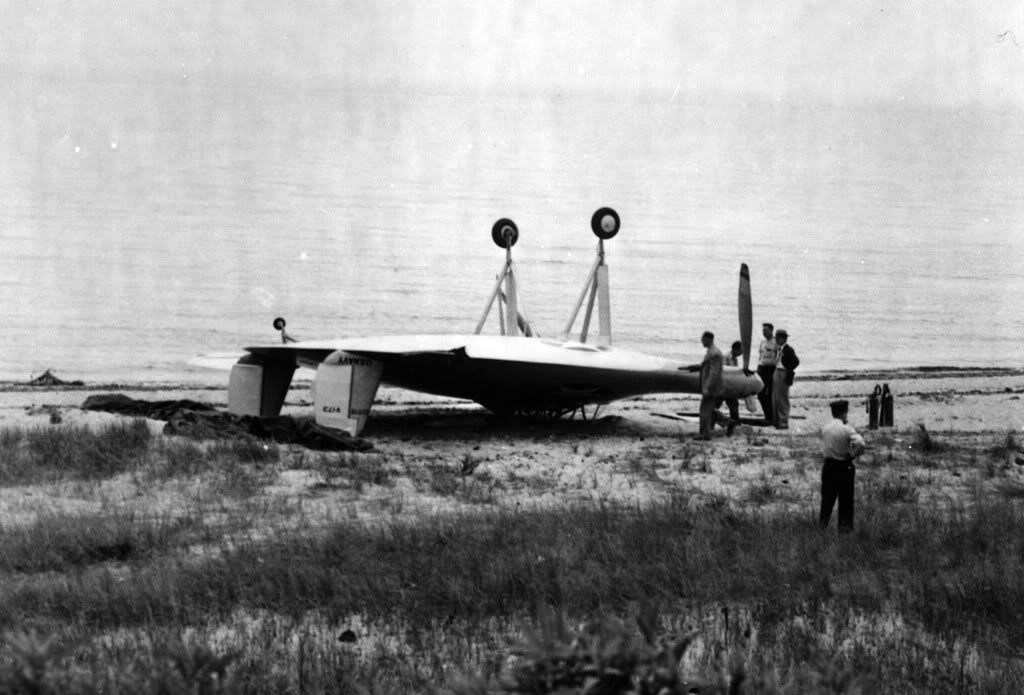
Design changes were applied and the United States Navy was sufficiently interested in a military version prototype. Enter the XF5U-1 “Flying Flapjack”.
Vought continued the V-173 development til 1947 despite the WWII being over by September of 1945. It was formally retired from test service on March 15th, 1947.
